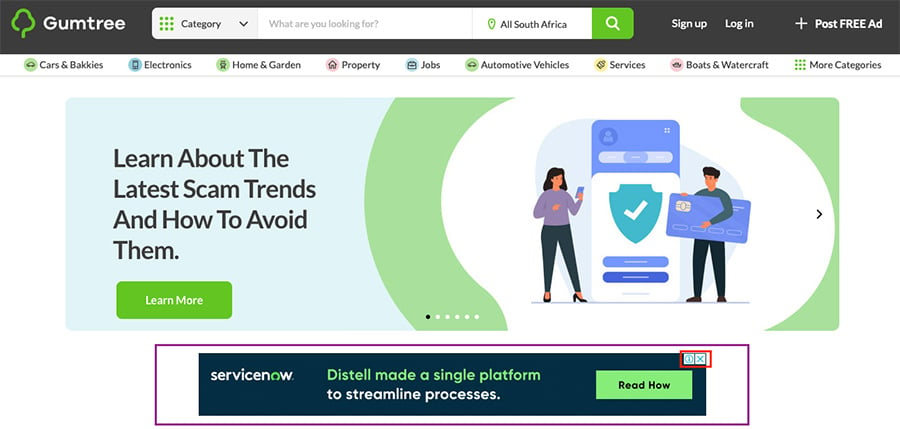Paid ads are one of the most important channels in your digital arsenal. But they're often overused because the results are immediate.
We'll also highlight the tell-tale signs to look out for when you are overdoing paid ads, and when you should be looking to other channels.
Related content:
- The difference between free and paid online advertising
- How to Create a 360-Degree Digital Marketing Strategy
- 10 Ways you can Improve your B2B Customer Engagement
Interesting paid ad stats:
- By the end of 2021, the total digital paid ad spending reached US$705bn, up from US$634bn in 2019 (Zenithmedia)
- It will rise to US$873bn by 2024.
- The most popular social network worldwide as of July 2021 was Facebook with 2.8 Billion users. (Statista).
- Facebook’s paid revenue in the US alone was $114.93bn in 2021. (Webfx)
- Facebook reaches 59% of the world’s social networking population. (eMarketer)
- LinkedIn has 722 million members. (LinkedIn)
- Google Ads is currently the biggest provider of search engine paid ads, with 92% market share. (TechJury)
- In 2022, the average internet user has clicks/views US$286.60 worth of paid search ads per year. (Statistia)
With such high usage of ads by marketers/businesses across the globe, can you afford not to be playing in the online paid advertising space?
What is paid advertising?
Paid advertising, as the wording implies, is online advertising that one pays for. Examples of paid ads include Pay-Per-Click (PPC), Programmatic advertising, Google Ads, Google Display, Facebook Ads, Twitter Ads, LinkedIn Ads, Google and Facebook remarketing, and more.
Paid ads are powerful because a marketer can segment their audiences and present very specific ads to potential customers.
There are typically two billing methods the ad platforms utilise:
- PPC (Pay Per Click): The advertiser is billed each time the ad is clicked.
- CPM (Cost Per 1,000 Views): The advertiser is billed per one thousand ad impressions on a web page.
Importance of Paid Advertising in today's market
Paid Advertising is becoming increasingly important for businesses in today's digital landscape. This very targeted form of advertising allows for targeting a wider audience, increased brand awareness, higher conversion rates, cost-effective marketing, and flexibility and customisation.
It enables businesses to reach specific demographics and geographic locations, consistently deliver their message to a targeted audience, drive higher engagement and website traffic, control their marketing budget and track their return on investment (ROI).
Types of ads
Below is a quick look at some of the most commonly used ads and how they are billed - CPC vs CPM.
Search Ads
A Google Adwords search ad on a web browser. Search Ads are billed either CPM or CPC.
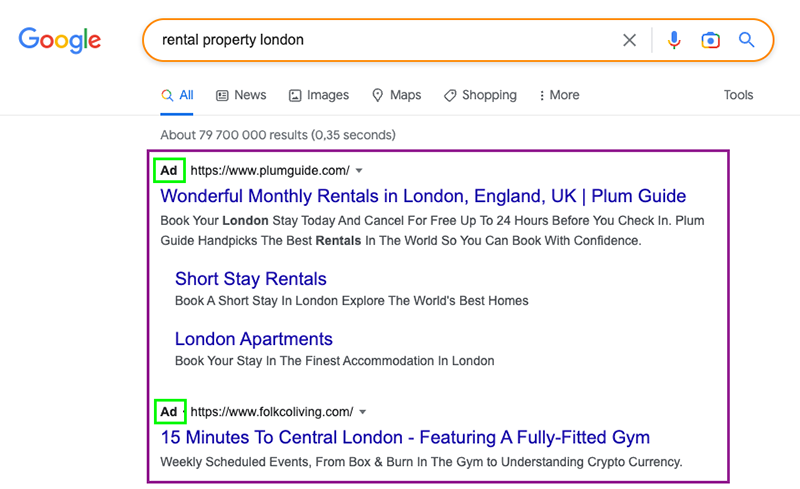
Social Media Ads
A sponsored LinkedIn Ad on a web browser. Sponsored ads are billed either CPM or CPC.
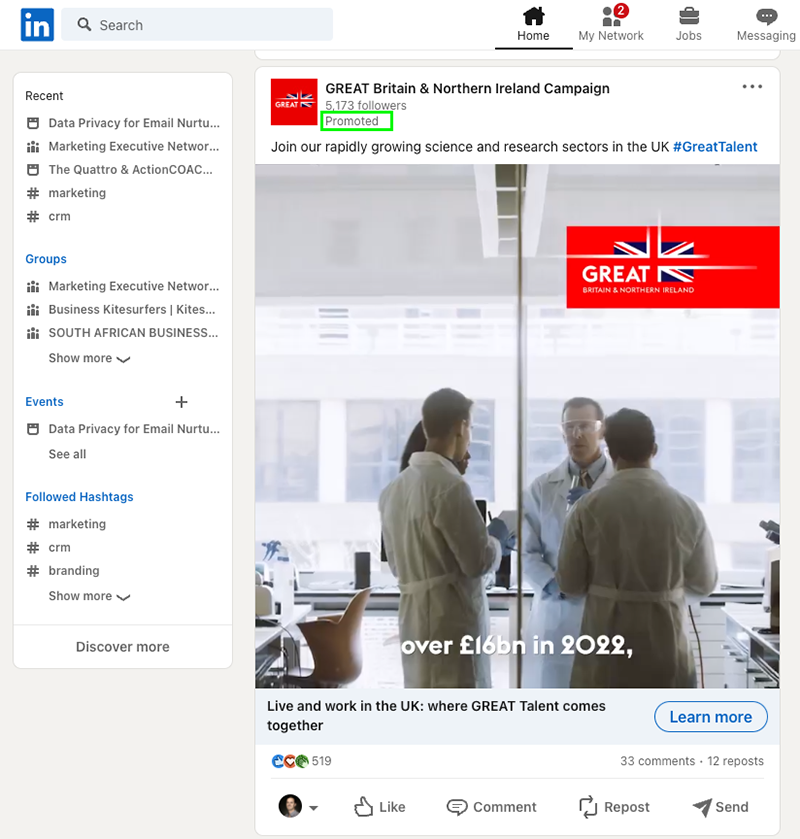
A sponsored Facebook Ad on the Facebook app. Facebook ads are billed either CPM or CPC.
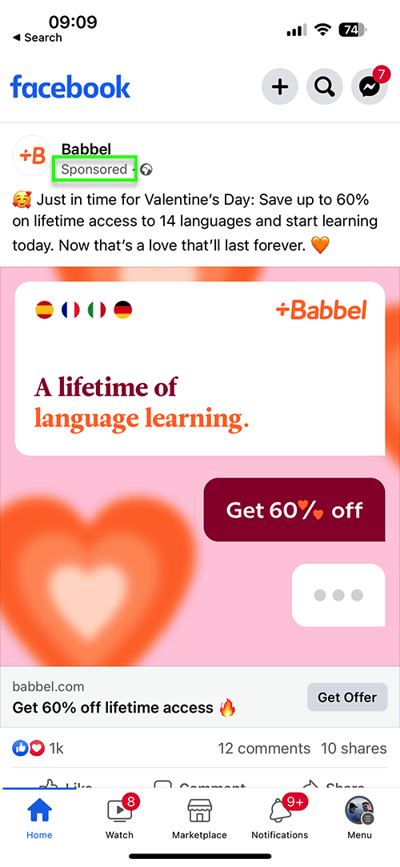
Display / Banner Ads
A Google Display Ad on a classifieds website. Display Ads are billed either CPM or CPC.
Youtube / Video Ads
A Youtube Pre-roll Ad plays before the viewer can watch thier video. These are billed CPM.
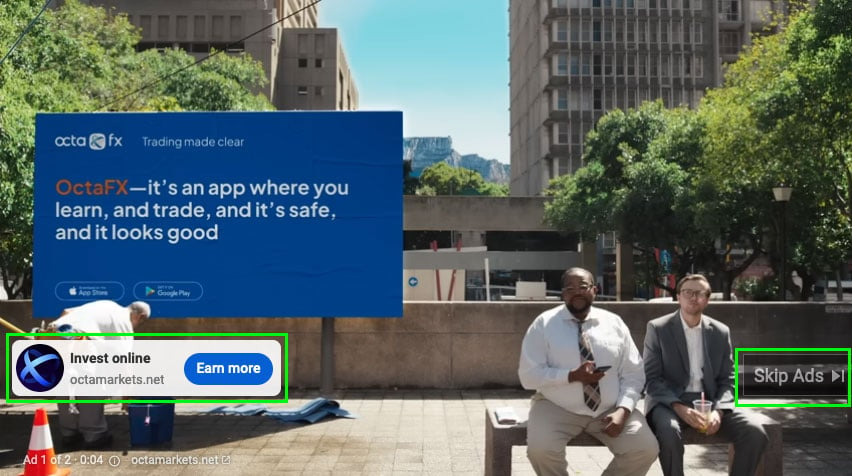
Instagram Ads
An Instagram Ad on the Instagram app. Instagram Ads are billed either CPM or CPC.
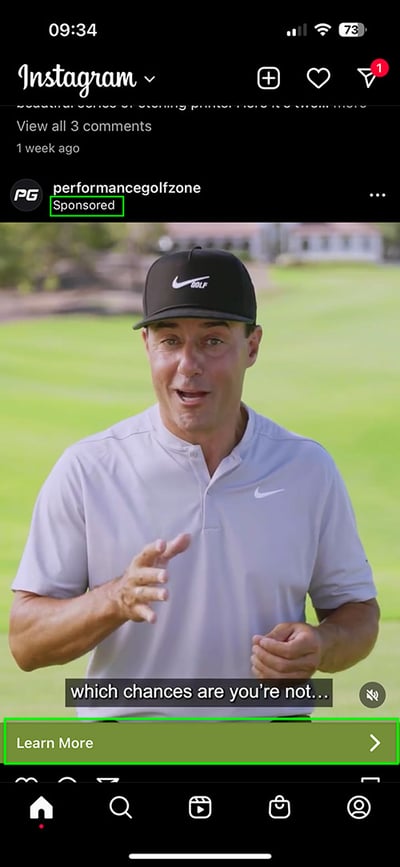
The 7 Benefits of Paid Advertising
1. Organic reach on social media is down. Paid is the only way to deliver results.
"On social media, organic reach is the number of people who have seen your content through unpaid distribution, i.e. without you putting a budget towards reaching a specific audience."
hootsuite.com
Organic social media content has been on the decline for a few years now. Social media is now a pay-to-play model for brands/companies.
According to Studio93, the average reach of an organic post on a Facebook Page is a super low 2.2%!
So only one in every 19 fans sees your non-promoted content.
The answer is to boost your distribution by increasing your paid social media ad budget.
You're guaranteed to reach a defined audience and can utilise your content to elevate your brand with specific targeting and get more qualified leads.
But don't underestimate the importance of organic marketing. Behind any good paid ad campaign is a consistent and creative organic strategy.
2. Ads are very affordable and measurable
When you're running paid advertising campaigns, you're able to reach a very targeted audience. Costs related to these ads are dependent on the objective or type of ad you are running.
For example, if your objective is website traffic or leads, then you will opt for a Pay Per Click (PPC), or if your aim is brand awareness, you will opt for a CPM (Cost Per 1,000 Impressions).
Ads can be created in mere minutes, and there are many tools that help you to create the necessary images at very little or no cost at all.
For example, Google Responsive Ads automatically adjust in size, appearance and format to fit any available ad space on the Google Display Network. Google then applies machine learning to serve only the ads that perform the best for you.
You can also keep track of ad spend and set daily and total budgets for campaigns on all paid ad platforms from Google to Twitter, Facebook and LinkedIn advertising so that you never overspend.
3. Specific and granular targeting is available
Paid ad targeting can be very specific and allows you to reach relevant visitors who are interested in your brand, fit the demographics of your sales personas and reside in the exact geographic location you want to target.
Let's say you own a hair salon. You can advertise to potential clients within a 2-3 km radius of your store. You can't do this with organic SEO or social.
Take a look at your analytics across all your digital platforms and analyse your audience to identify common factors such as keywords, geographic location, demographics, job titles, interests and common topics.
You can use all of this information to refine your paid ad targeting and pull in more qualified leads and customers.
4. Test and gain valuable audience insights
Across all the paid advertising platforms, you can set up multiple versions of an advertisement and optimise based on audience interaction.
This data collected will help you refine your messaging and help you build a holistic understanding of your audience and their interests.
The iteration process for paid ads is far quicker than the process of organic social and organic search optimization.
In addition, the data the paid ad platforms give you is as deep as you want to go. You'll have current and historical data on hand. Don't miss the opportunity to improve your reach and conversion rate by interrogating the data.
5. Broadcast your message across multiple, but select channels
There are a plethora of channels to broadcast your brand and unique messaging across. You can make use of display banners on the Google Display Network or simply have text ads (search ads) appear above people’s searches on Google.
Today, all social media platforms have paid advertising channels available. They include:
- Snapchat
- YouTube
- TikTok
There are so many options for you to choose from and a variety of different platforms to suit your paid advertising requirements.
However, don't spread yourself too thin across the channels.
When conducting audience research, find out what digital platforms your primary target audience is using. Choose one or two channels to focus on.
6. Retargeting and retention
Once a visitor has viewed your website, clicked through an ad or engaged with your business, you can run a retargeting campaign.
Retargeted ads will show them highly relevant ads to continuously engage your prospects who have shown an interest in your product or service that otherwise could have slipped away.
This is how it works:
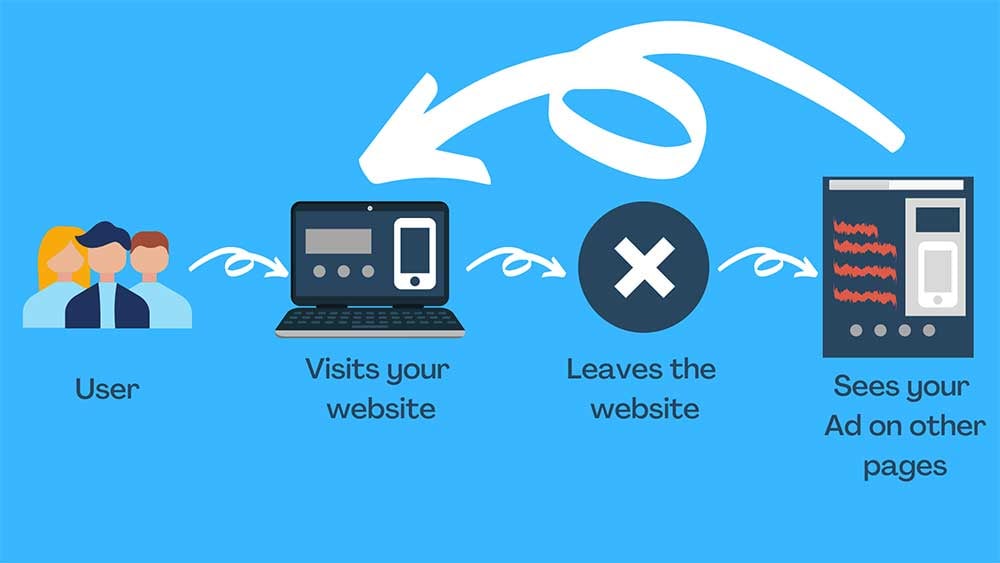
By doing so, you are constantly in the back of the mind of your potential customers and therefore increasing your ROI.
You are also top of mind with existing clients that are due for a visit to your business, be it a haircut, fast food meal, or even a new motor vehicle!
Remember, you can get a visitor to your website with a Google Ad, and then you can retarget them on Facebook with Facebook Ads. This is something a lot of people don't know.
7. Rank now while you build your organic rankings
Do you have a new business? Or a new website? Or even an old website that just doesn't rank organically on Google?
If your website isn't ranking on the first page of Google results, then paid advertising enables you to place ads for keywords and bring in high-quality traffic to your website.
Organic search rankings take time and investment, but they do bring in high-quality traffic.
While you are building your bank of content and working on your Google reviews for your Google My Business profile - use paid ads to fill that gap.
Just make sure you don't rely on paid ads only. Organic search rankings take time to build. You need to be building that capability while you run your paid ads. Don't leave your website addicted to a permanent spend on paid ads.
Final thoughts
Paid advertising is a non-negotiable piece of your sales and marketing funnel. There are many possibilities, platforms, types of paid ads and campaign types to choose from. But make a call and focus on one or two. Don't dilute your message too much.
With paid ads, you can tailor your brand and message in any way you see fit and consistently test to see what works and what does not.
With hard work and consistent optimisation, you will strike gold and find yourself with more quality leads and conversions as a result.


